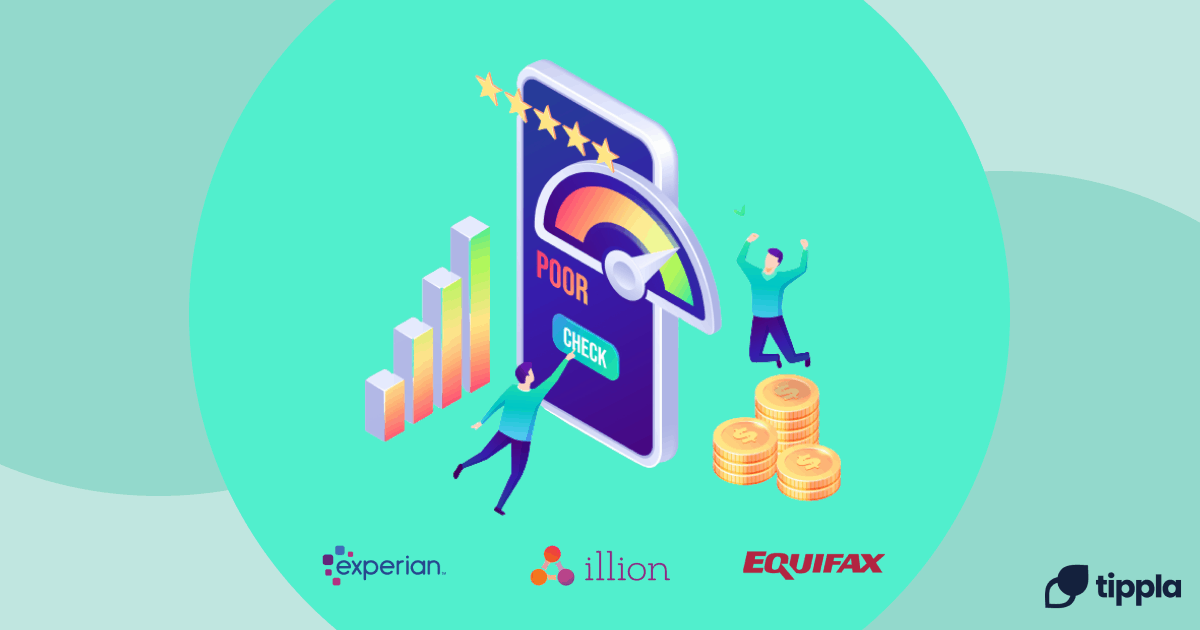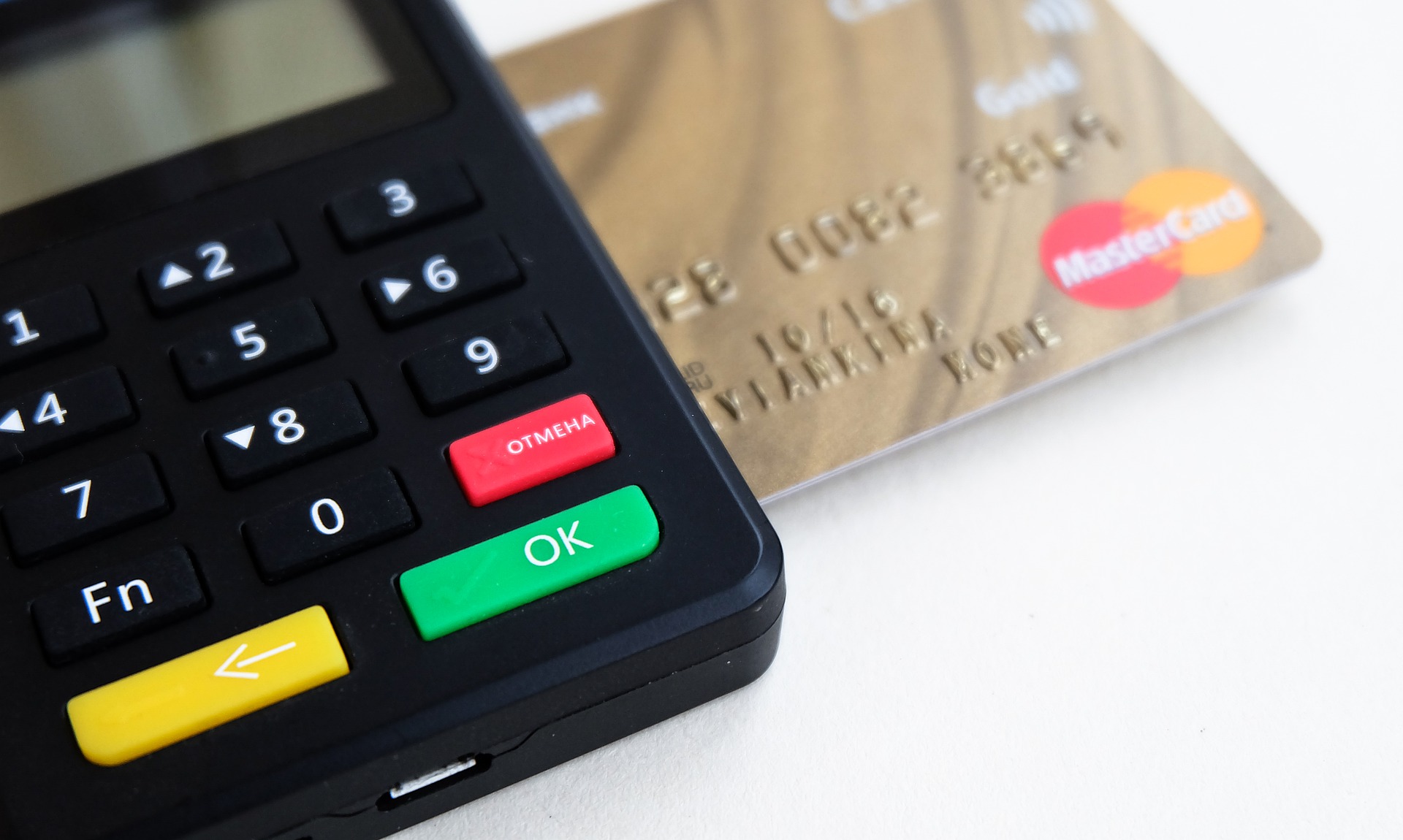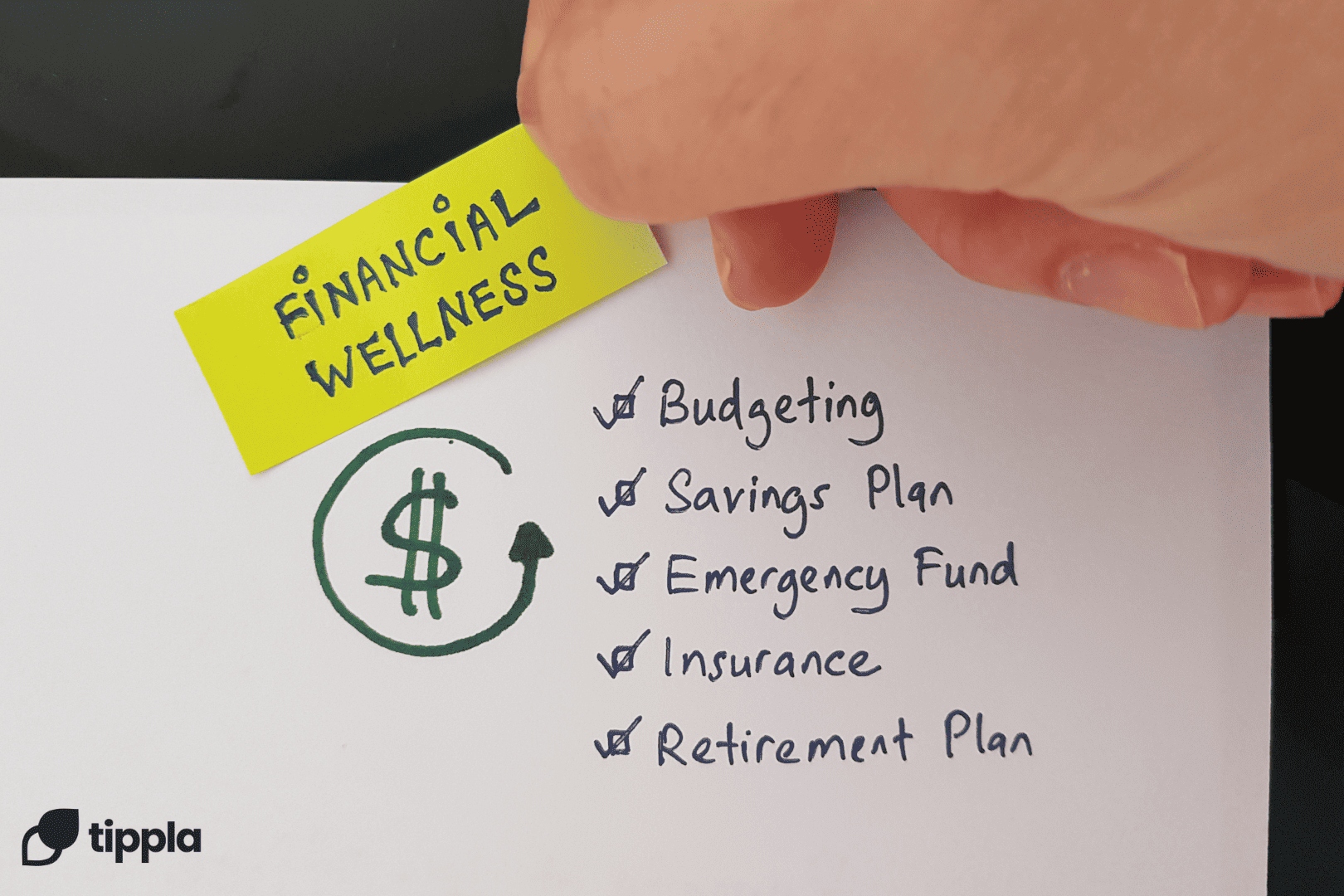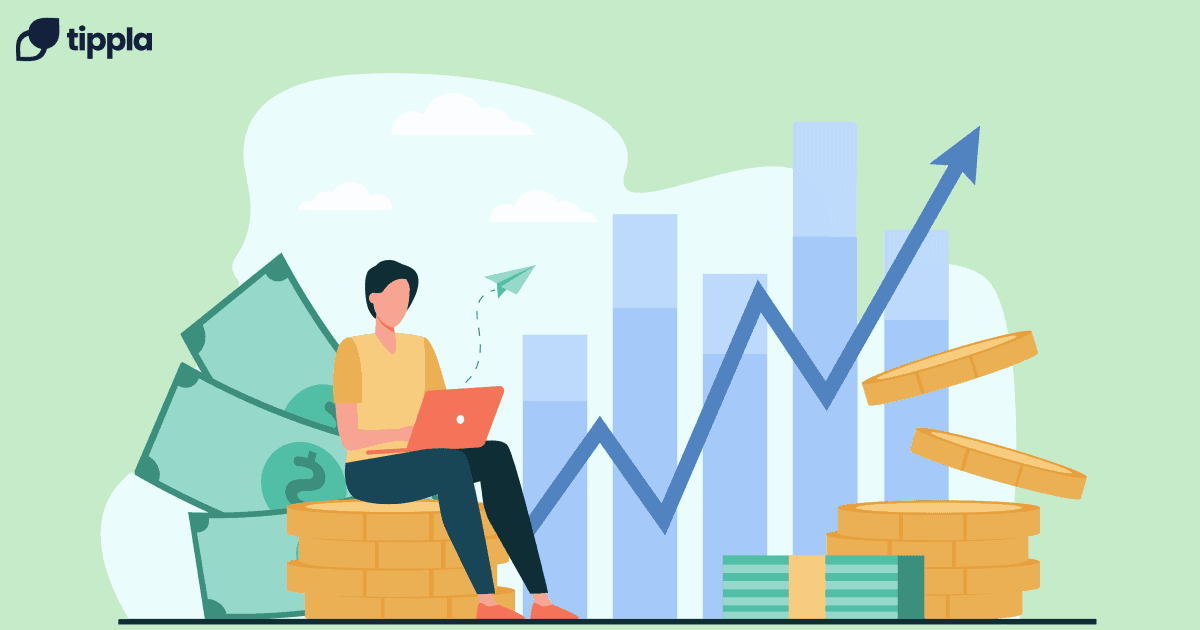Published in July 25, 2025
Budgeting for Car Ownership: A Full Cost Breakdown

Owning a car is a dream for many Aussies. It’s about having your own freedom, flexibility, and hitting the open road whenever you please, or just going down to the corner shop whenever you’re craving a sweet treat.
However, before you picture yourself winding along the coast or zipping to work in the comfort of your own car, it’s smart to crunch the numbers and think about your finances. Car ownership comes with a mix of costs, some obvious, some hidden, and if you want to steer clear of any expensive surprises, it pays to know exactly what you’re signing up for.
The true cost of owning a car in Australia will be revealed here, along with a deep dive into how you can keep your budget on track, without cutting corners on safety or comfort.
The Upfront Expenses of a Car
When purchasing a car, the largest expense will be at the start when you purchase the car itself.
It’s a prime opportunity to consider whether you are after a new car or a used car. If you’re after the former, it’ll be more expensive upfront, but it will come with warranties and the latest features, just keep in mind it will depreciate quickly. If you’re looking for the latter, a used car is usually more affordable, but may need more repairs or maintenance sooner. It is important to note that if buying from a dealership, you will incur a dealer delivery fee.
Once you’ve acquired your new set of wheels, you’ll have to pay for stamp duty and registration (or “rego”), to ensure your car can be driven legally. Registration is renewed yearly, and prices will vary by state and by the type of vehicle. Along with your registration, you will need to get plates for your car, which are customisable at an added cost.
If you’re thinking of buying a used car for $1500 in NSW, you can expect:
- Stamp duty: ~$450
- Registration: ~ $300 to $700
- Dealer fee (if applicable): $300+
- Number Plates: ~$50
Running Maintenance Costs To Keep Your Car On The Road
While the largest initial cost will be purchasing the car itself, the real costs begin when you start paying for ongoing expenses and maintenance that can sneak up if you’re not prepared.
1. Fuel
Whether you’ve opted for a petrol or diesel engine, you will have fuel economy that is dependent on your driving habits, the make of car you’ve chosen and current fuel prices. Driving a petrol sedan in the city will be very different to driving a diesel 4×4 off-road.
The average yearly fuel cost for a small car in Australia is around $1,500, but it can rise with more kilometres or less efficient models. Consider how you will be using your car and where you will be driving it to estimate the cost of fuel.
2. Insurance
Car insurance is non-negotiable for the safety of your car and finances. Find what options will suit your budget and compare providers to find the best cover for your unique situation.
At the very least, consider Compulsory Third Party (CTP) insurance as you must have this to legally drive anywhere in Australia. If you have finances available to purchase more cover, you could opt for additional protection like comprehensive insurance for fire and accidents and third-party property cover for damages to other cars or property, but not your own.
Before you decide on what’s best for your budget, it’s a great idea to get a quote for car insurance with NRMA Insurance to see what cover fits your lifestyle and budget. While going for the cheapest premium might seem like an attractive option, compare what’s included before you make a decision so you’re not left stranded on a road without a spare tire or a way to ask for help.
3. Maintenance and Regular Repairs
Having your car serviced regularly will ensure that it’s safe and roadworthy while also preventing problems before they empty your wallet. An average annual maintenance is around $800 to $1200 for a typical small to medium car and should be done every 10,000 to 15,000 kilometres or annually.
By servicing and maintaining your vehicle on a regular basis, you reduce the chance of having to fork out money for unexpected repairs, keep your car safe and can improve the car’s resale value.
Other expenses will include replacement brake pads, tyres, windscreen wipers, air filters, oil filters and fuel filters.
4. Tolls and Parking
If you’re using a car to travel for your daily commute, you’ll need to take into account the tolls, where regular commuters can spend over $1,000 yearly, and even parking, where city parking is often $3–$10/hour, or a monthly pass for $300+.
Long-Term Ownership Costs
Long‑term car ownership costs come from three main areas: depreciation of value, loan interest and accessories like car seats, roof racks, dash cams, new tyres, or snazzy floor mats. These costs, especially the accessories, can add up fast but may be ‘must haves’ for your family, safety, or hobbies.
Realist Look At Car Ownership Budgets
On average, a small car in Australia might cost you around $5,620 per year or about $108 per week based on what we have discussed. While this may be the average, this cost could certainly fluctuate depending on the type of car you are running and your driving habits.
Car ownership is a big responsibility, but it’s also incredibly rewarding. With a little planning (and some savvy cost breakdowns), you can cruise ahead without putting your wallet at risk.
While we at Tippla will always do our best to provide you with the information you need to financially thrive, it’s important to note that we’re not debt counsellors, nor do we provide financial advice. Be sure to speak to your financial services professional before making any decisions.
Subscribe to our newsletter
Stay up to date with Tippla's financial blog



